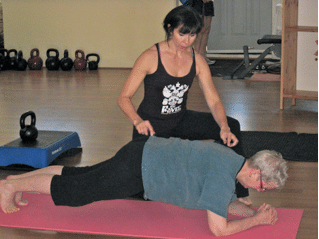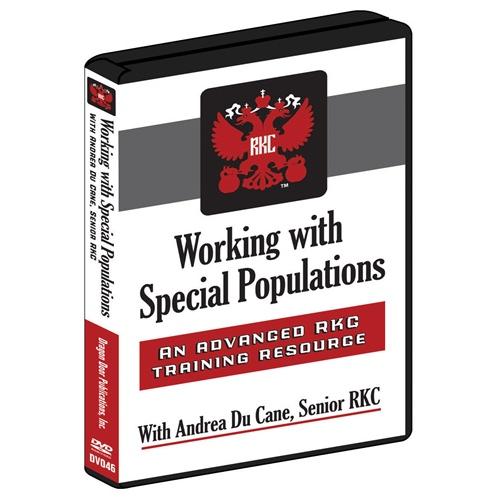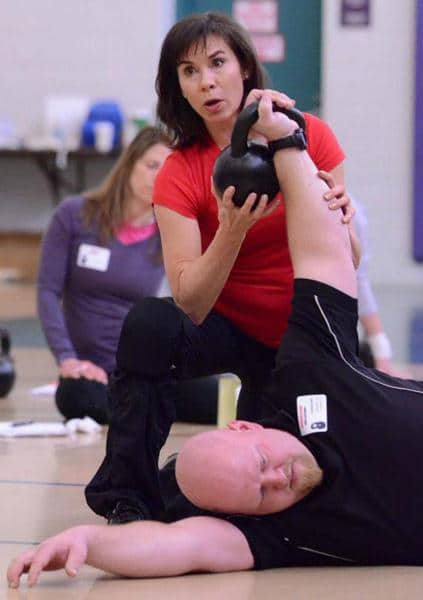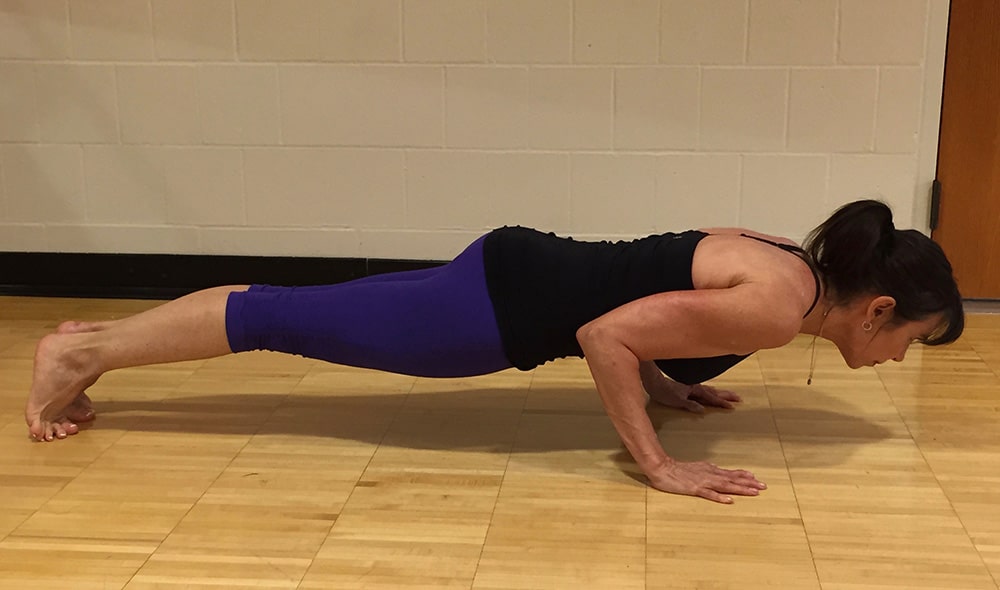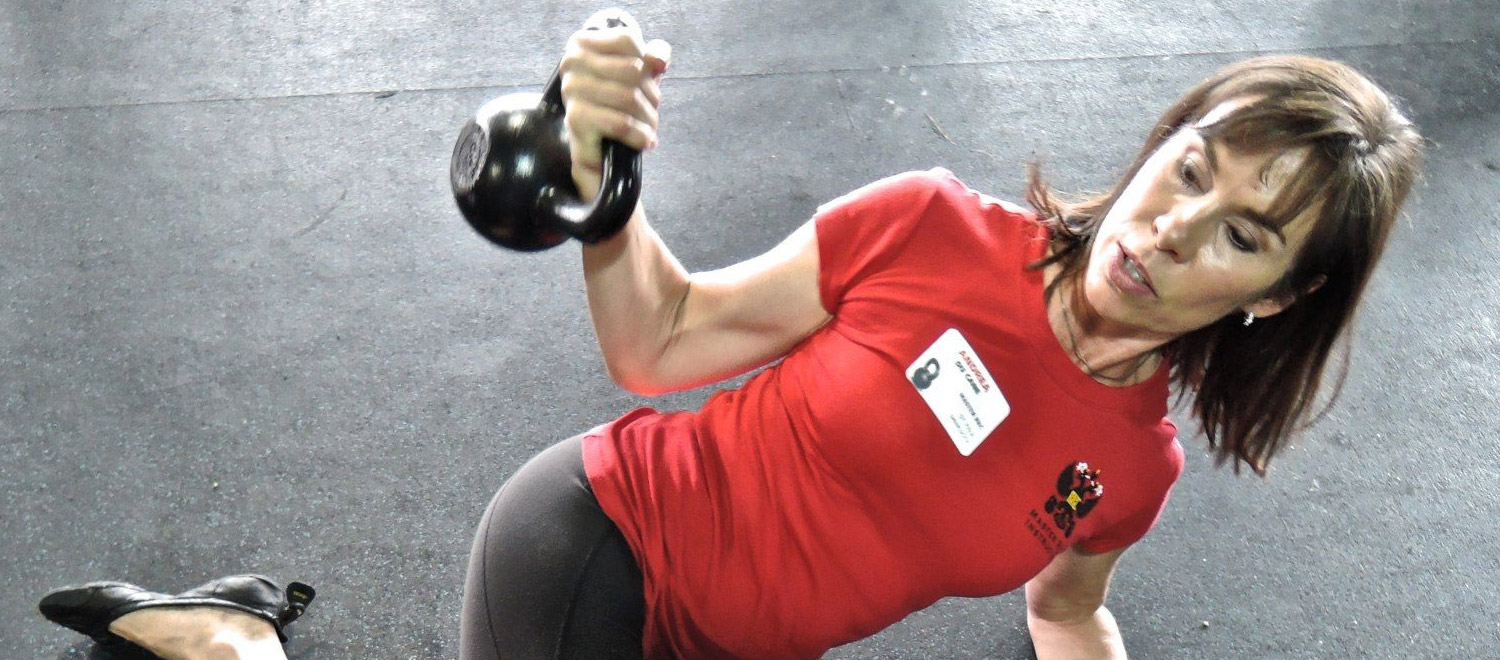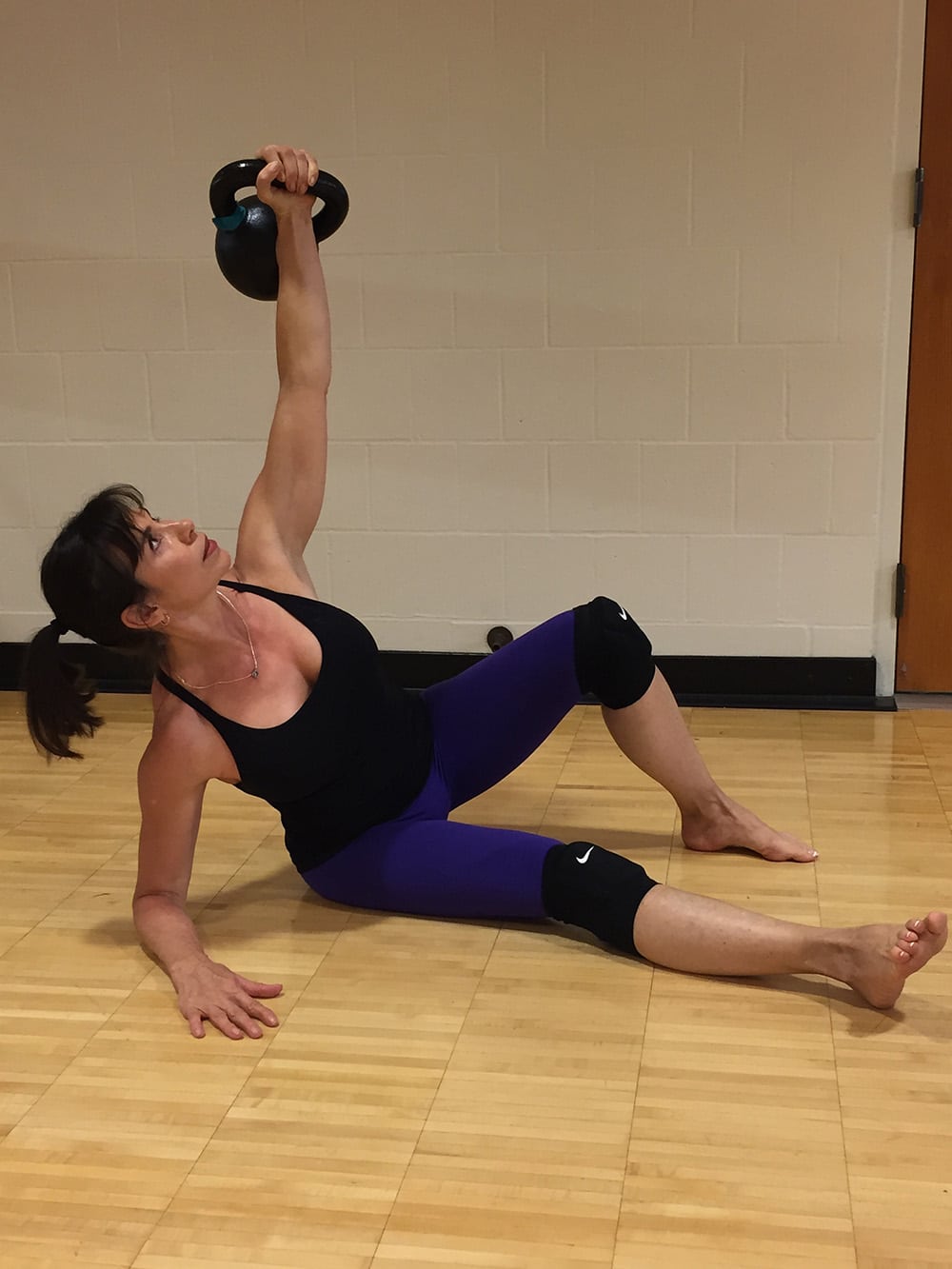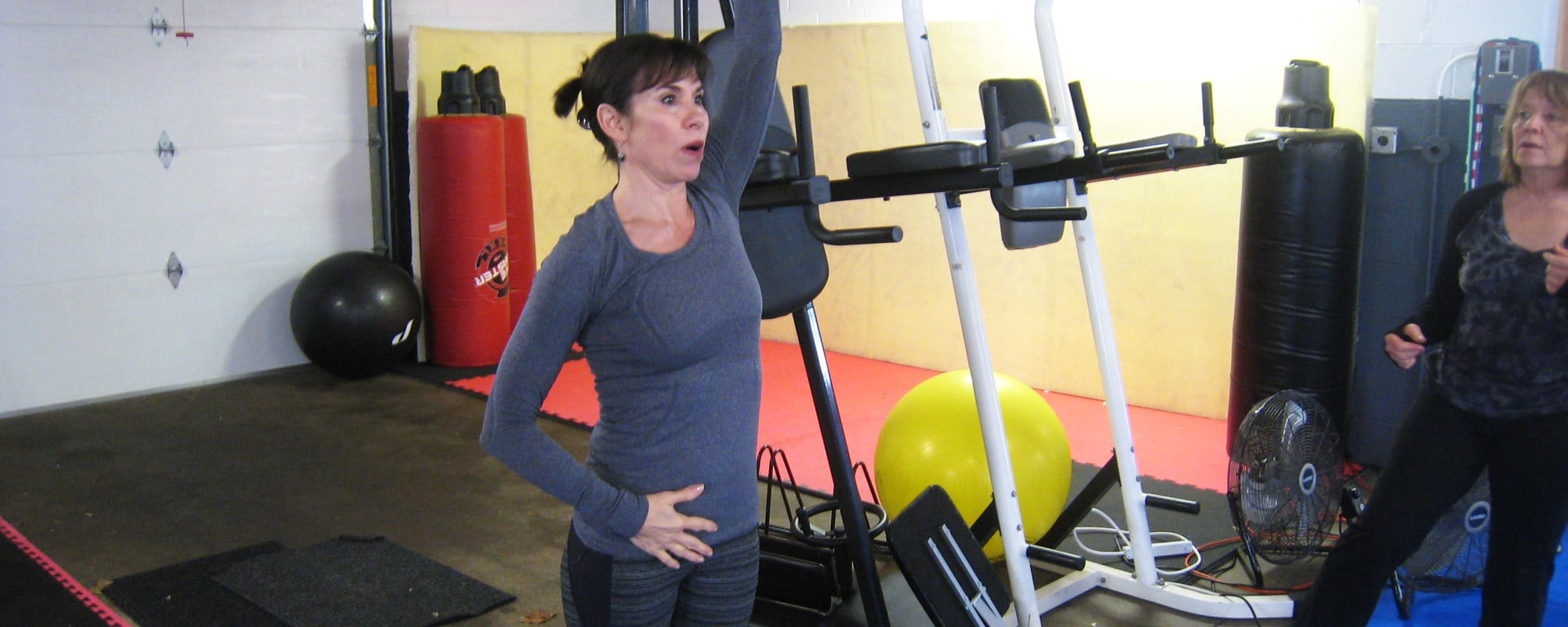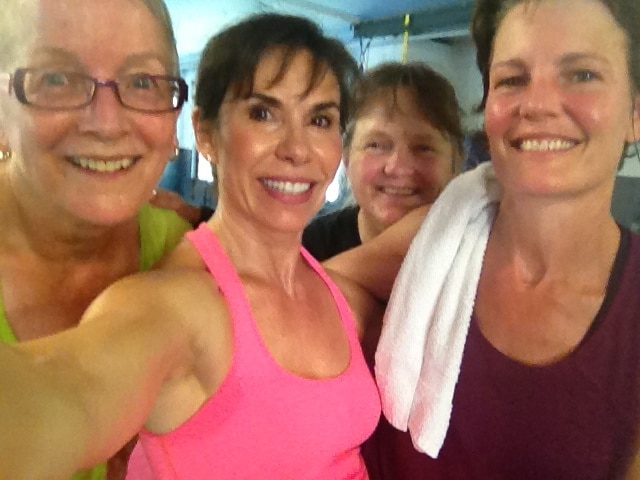Training Special Populations
Why focus on Special Populations?
Let’s discuss the unglamorous fitness market of Special Populations (SP).
This large group includes: seniors, de-conditioned, post re-hab and pregnant women. For the purpose of this article I will focus on seniors and de-conditioned populations.
Many of us have lots of clients that fit into this category. That’s why it is important to realize we are much more than a personal trainer, we are the first line of defense against life’s effects and lifestyle choices. Our success working with this SP is the ability to safelyand effectivelylead them to a place of health and fitness.I believe the Kettlebell is the most effective piece of equipment to use with this population to achieve that goal.
Why focus your energy on this relatively new and mysterious tool? Because the unique design hits multiple goals at once. The kettlebell is the only hand-held weight that can be used aerobically for cardio, as well as anaerobically for strength training. The handle allows for the weight to be offset, adding a unique resistance to every movement you do and allowing your muscles to work through a greater range of motion. It addresses functional weaknesses in the core and is easily modified for all fitness levels.
Concerns and Special Considerations
Kettlebells have gotten a bad rap for being “dangerous”. And while it is true that some people have tweaked their backs or shoulders, I can honestly say, “it’s not the tool, it’s the person using the tool”.
I have to add here, as an instructor it is important to get some formal training on how to perform and teach kettlebell exercises correctly. It is a technique-driven tool that is based on scientific principles.
Kettlebell training requires a mindfulness more often associated with martial arts. You must approach every workout as a practice. We need to coach our clients into listening to their bodies with every breath and movement. The number one rule: Perfect Technique = Results must be adhered to every time we have our client pick up a kettlebell.
The first step in kettlebell training is to learn the correct movement pattern of every exercise before loading with weight. This includes educating our client on proper spinal alignment, knee tracking and shoulder mobility.
As with any equipment, making sure you have the appropriate load is crucial. When using kettlebells, you may need to use a heavier kettlebell than you think. Because the majority of the fundamental exercises are focused on the lower body, you need a heavier kettlebell to achieve the correct form. For example, with the swing if you go too light, the client might simply use their arms to swing it up instead of their hips. On the other hand, with the Get-up, it may take the client months before they have earned the right to hold a kettlebell.
Educating them on what to expect
This is extremely important especially for those new to exercise. Because the kettlebell inherently uses more of the small stabilizers of the body and it has a focus on eccentric loading,DOMS – Delayed Onset Muscle Soreness is more intense than with regular strength & cardio training. Letting them know what to expect at the beginning of each session, will help them adjust to kettlebell training and not worry that something is wrong.
Kettlebells are the epitome of high intensity interval training (HIIT). It is the perfect tool for incorporating cardio conditioning for this population. However, the first thing seniors think of for cardio is walking or biking. But for many seniors with feet, ankle, knee or hip issues this may not be the best option. The repetitive movement can aggravate these problems. Secondly, there is no strengthening during these activities. The kettlebell swing not only offers superior cardiovascular interval training, but simultaneously strengthens the muscles of the legs and hips without the pounding of the joints.
Where to begin: use of screens
It’s important to take them through a basic ROM and flexibility screen. The assessments you use for young athletes, may not be appropriate for this population. You want to see how they move, and get a sense of their shoulder, hip, knee and ankle mobility. If you have any concerns, you may want to ask permission to contact their primary care professional.
3 Pillars of Movement Health
What I call the 3 Pillars of Movement need to be incorporated into every workout:
Flexibility, Mobility and Strength.
I believe these three pillars are extremely important for senior populations. When the connective tissue gets stiff, it acts like a vice, making movement difficult and painful. This in turn leads to less activity and the vicious cycle continues.
Aerobic activities do not increase muscle mass. In fact, studies have shown that within older populations cardio exercise can actually decrease muscle mass. Strength training rather than aerobic training alone becomes more important with elderly populations. Sarcopenia, Osteopenia and lack of balance are just few of the many consequences of sedentary lifestyles and aging. Inactive people lose muscle mass at the approximate rate of 3-5% after the age of 30 and this loss increases with every decade of life. Adding the loss of flexibility and mobility from lack of movement, and you have the reason for the high number of falls in the elderly. Falls and its complications are one of the leading causes of death in seniors.
Basic Programming for Special Pops
An important consideration when designing a program for this group, is the range in abilities that are represented, and it’s not necessarily based on age. You can have a very fit and competitive 70yr old and a de-conditioned 50yr old who moves like someone twice their age. Don’t approach this as a “one size fits all”. Like every other population, each person is unique, you have to design your program accordingly. Lastly, it’s important to build a solid foundation before building up the “2ndfloor”. That means focus on the hips, legs and core before doing overhead or upper body strengthening.
Here are a few things to keep in mind:
- Start with the basics: the functional movement patterns, mobility and stretching
- Keep the duration short and watch for over exertion.
- Start with very light loads and build up gradually.
- Stop at the first sign of poor technique.
- Use modifications as needed and regress movements when necessary.
- Give feedback and ask questions to make sure the program is working.
8 Biggest Bang-For-Your-Buck Exercises:
- Planks
- Deadlifts
- KB carries
- Rows
- Swings
- Squats
- Get-ups
- Pushes
I have put together a workout and added modifications for 3-4 different levels. In both my KB Boomer DVD and Ageless Body book, you will see how to correctly address different physical limitations and move people from one level to another level, to create a truly safe and effective program.
Sample Workout
Movement prep start with joint mobility drills and hip flexor and hamstring stretches.
Round 1:
Planks: 3 x :30 holds
Beg: Wall Plank, Adv Beg: Elbows & Knees, Intermediate: Elbows & Toes, Adv: Hands & Toes
Isometric-Hold Deadlift: hold at top- for :30 or 5 breaths. Set down in between reps. Repeat 6 times
Beg: Hip Hinge – no load, Adv Beg: /KB on Platform, Intermediate: KB on Floor, Adv: Double KBs
Round 2:
Perform 6-8 rounds of :30 seconds with minimal rest in between, after each set of Suitcase DL’s perform a Farmer’s walk with the arm holding KB’s.
Suitcase Deadlifts: Single arm or double KB
Beg/Adv Beg: KB(s) on Platform, Inter/Adv: K(s)B on Floor
Farmer’s Walks: Single arm or double KB’s.
Round 3:
Squats: 3 sets of 5, increase the number of reps/sets before moving to next level or before increasing load
Beg: Assisted (TRX) box squats, Adv Beg: low box squat holding KB, Intermediate: Goblet Squat, Adv: Double Front Squat.
Round 4:
Perform 8-10 rounds of :30 seconds work/rest.
Swings: Use appropriate load. If technique fails, stop the set. Rest and drop sets, level or load.
Beg: Deadlifts, Adv Beg: 2-handed swings, Intermediate: single arm swings, Adv: Double KBs.
Article first published in Fitness Trainer Magazine, September/October 2018 Issue.
The study, by researchers at Wake Forest University in the US, has been published in the journal Obesity.
Strategies for Aging Well
Geithner, Christina A PhD1; McKenney, Diane R BS2
Strength and Conditioning Journal: October 2010 – Volume 32 – Issue 5 – p 36-52

